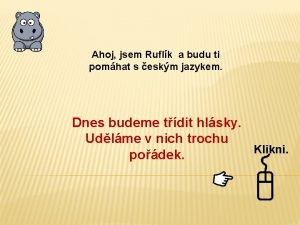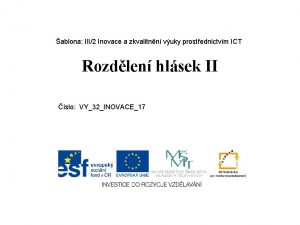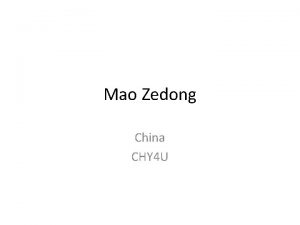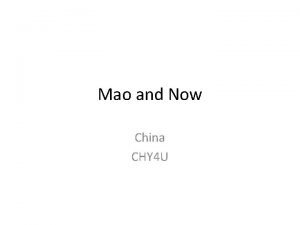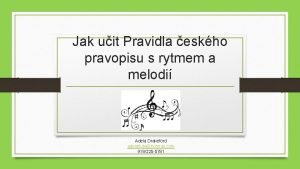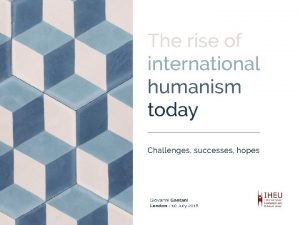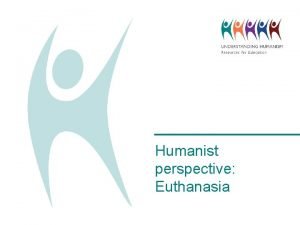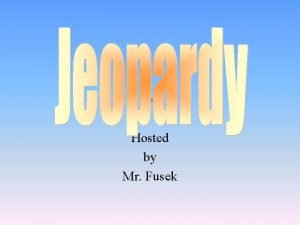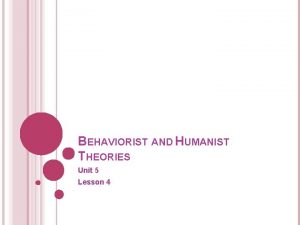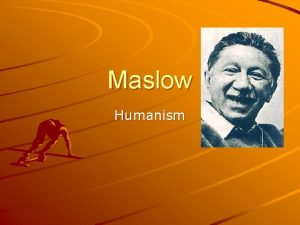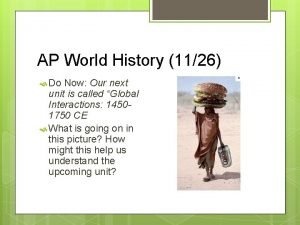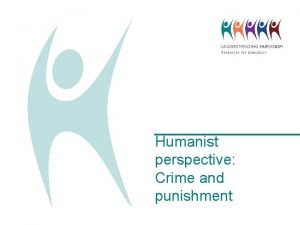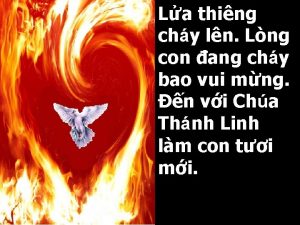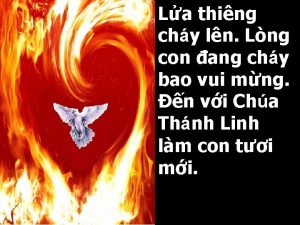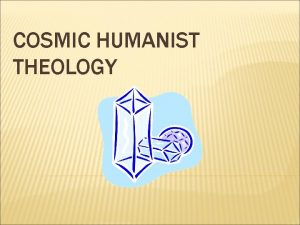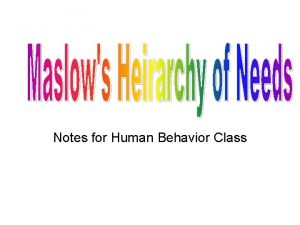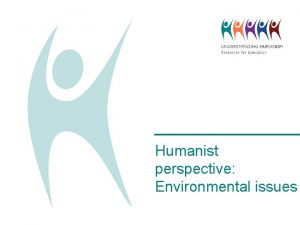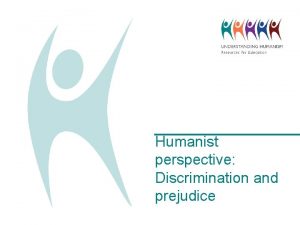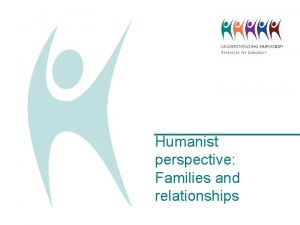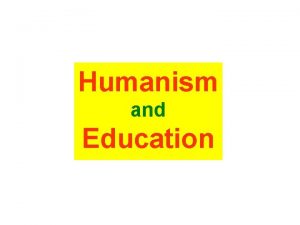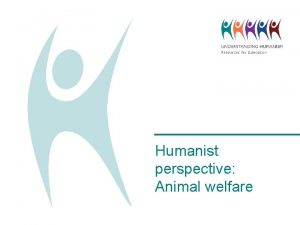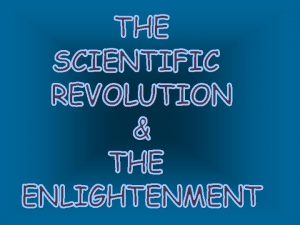Humanist Philosophers CHY Lesson 12 Humanist Philosophers Learning















- Slides: 15

Humanist Philosophers CHY Lesson 12

Humanist Philosophers Learning Goal: Be able to clearly explain the ideas and theories of at least one humanist philosopher 1. 2. 3. 4. Discuss the philosophers as a class Partner activity: textbook question page 27 #2 Note (The Renaissance Society and Modernity) Review questions

Bruni

Christine de Pisan

Giovanni Pico della Mirandolo

Thomas More

Textbook page 27, question 2 • Work with a partner, chart paper, and markers to answer this question. Feel free to substitute the other philosophers we have looked for some of the ones listed in the question. • Grab magnets from me and post your finished work on the board.

Renaissance Art • This time period changed the way artists are perceived in society • A shift from art and architecture simply being to glorify God • Medieval art is often seen as a decline from the time of Rome • Renaissance artists focused on proportion, order, harmony, symmetry, etc. • Reflected the world around them • Church continued to sponsor art and architecture but so did the middle classes

• Wealthy people commissioned art to celebrate their own achievements • Portraits, family homes, civic buildings, etc. , all required skilled artists • The artist achieved great recognition and fame, as well • Michelangelo, Leonardo da Vinci were hired by popes and princes • Considered geniuses and masters of their craft

• Renaissance art embraced classical myths as inspiration • Art was made to represent the human condition • Seeing the divine in the ordinary and every day

Renaissance Society • Moved from communal family to nuclear family with the growth of new wealth • Property could be divided among individual family members • Each man could have his own property • Marriage became more personal (less of an alliance between 2 families) • Encouraged a broad education in classics and religion • Young men also needed history, literature, ethics, and rhetoric

• The idea of the knight was transformed to the idea of the gentlemen • Refined manners and knowledge of the arts • Castiglione’s work The Courtier (1528) influenced courtly life • Virtues of moderation, liberality, wisdom, justice were encouraged • Women were to please the men, treated fairly by them, but always inferior • Women were more educated but not ever equal • Women managed households, household finances, and had authority over children

• Men managed the public sphere, women ran the home • Double standard when it came to sex; men could have lots of sex, women could not!

Society and Class • 80% of the population was made up of peasants (free and serfs) • After the Black Death (mid-14 th C), serfdom declined • Simpler to grant freedom to serfs and then rent land to them (tenant farmers) • 30% of this peasant population became urban poor, working for professionals (lawyers, bankers, skilled workers, etc. ) • Upsurge in slavery (mainly from black cultures) • Most in domestic service but some as skilled labourers • Didn’t last long as it started to decline by 1500

Homework: 1. Read page 26 (from The Development of the State…). Make notes to add to this powerpoint. 2. C Answer questions 1, 3, 4, and 5 or 9 on page 27 U Answer questions 1, 3, 4, 5, 9 on page 27
 Hy chy ky ry dy ty ny básnička
Hy chy ky ry dy ty ny básnička Hy chy ky ry dy ty ny na zdi visí hodiny
Hy chy ky ry dy ty ny na zdi visí hodiny Chy china
Chy china Chy china
Chy china Dvouhlásky
Dvouhlásky Cuadro comparativo de e-learning b-learning y m-learning
Cuadro comparativo de e-learning b-learning y m-learning Secularism
Secularism What do humanists believe about euthanasia
What do humanists believe about euthanasia Humanist abortion
Humanist abortion During the renaissance, humanist scholars ______.
During the renaissance, humanist scholars ______. Humanist vs behaviorist
Humanist vs behaviorist Religion
Religion Humanist theory maslow
Humanist theory maslow Renaissance painters and sculptors gave great attention to
Renaissance painters and sculptors gave great attention to Example of humanism
Example of humanism Humanist beliefs
Humanist beliefs
